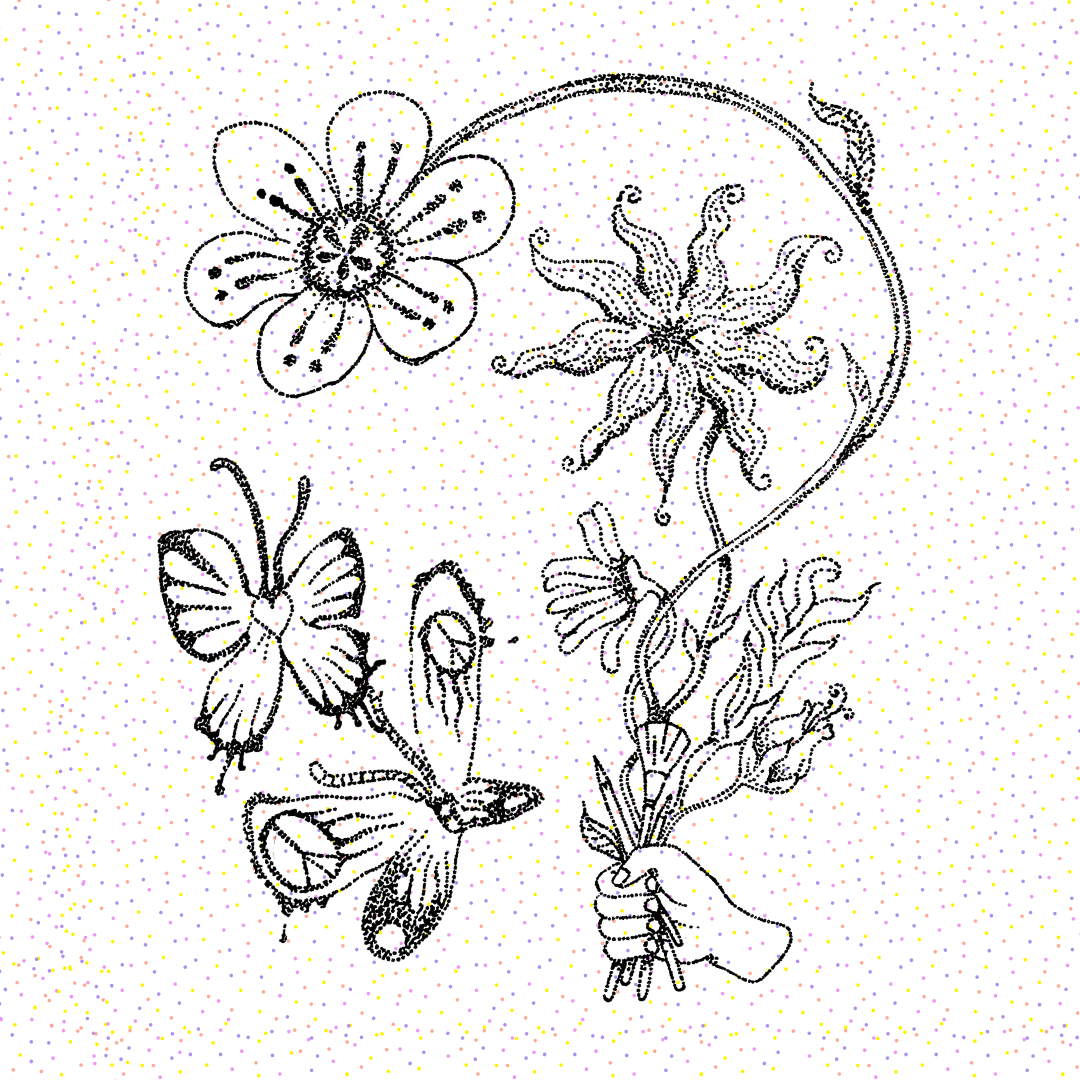San Francisco Chronicle: Closely Considered: Diebenkorn in Berkeley: When friends draw
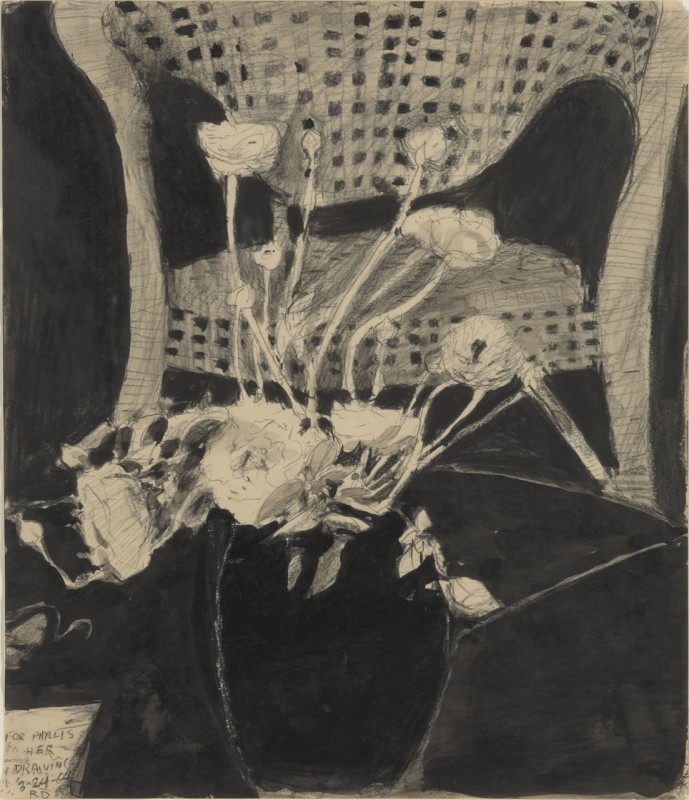
San Francisco Chronicle • September 11, 2014
Fall Programs Include Works by Richard Diebenkorn & Improvements

Our fall programs, which includes an exhibition of works by world-renowned artist Richard Diebenkorn, will kick off with a gallery reception for the public on Sat., Sept. 13, 2014, 6:00-8:00 p.m. “Our exhibition lineup this season is exceptionally strong, and underscores the Art Center’s historic role in supporting emerging and established artists,” says Richard Ambrose, […]
Enjoy the Art Center’s New Website!
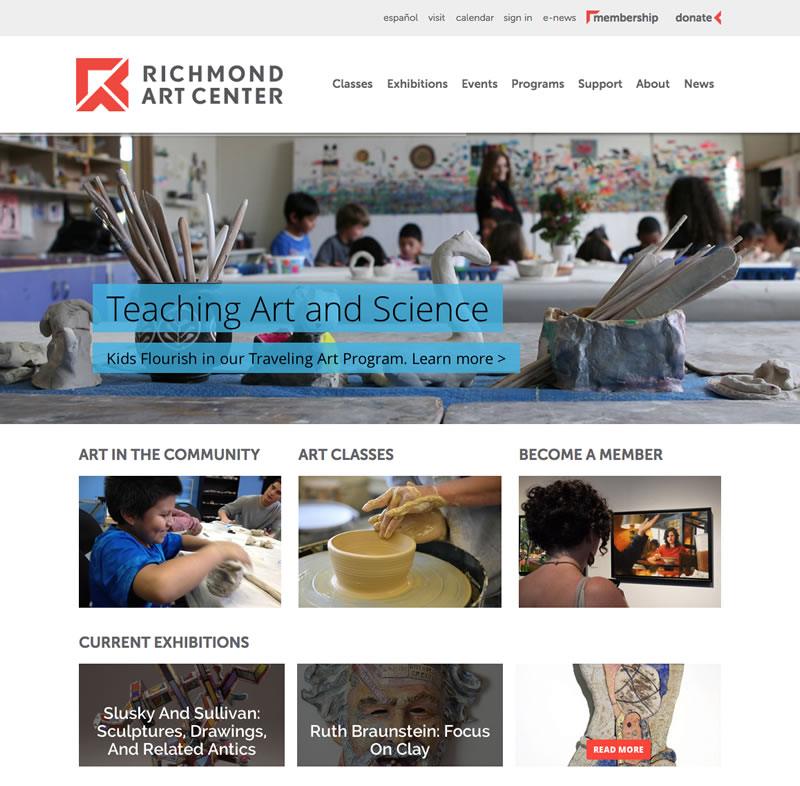
We’re thrilled to announce the launch of the new RichmondArtCenter.org website — just in time for our Fall session which includes the return of Richard Diebenkorn with an exhibition of his works on paper and a series of public programs which will provide a background on the historic role that the Art Center played in […]
Volunteer Profile: Teresa Philips
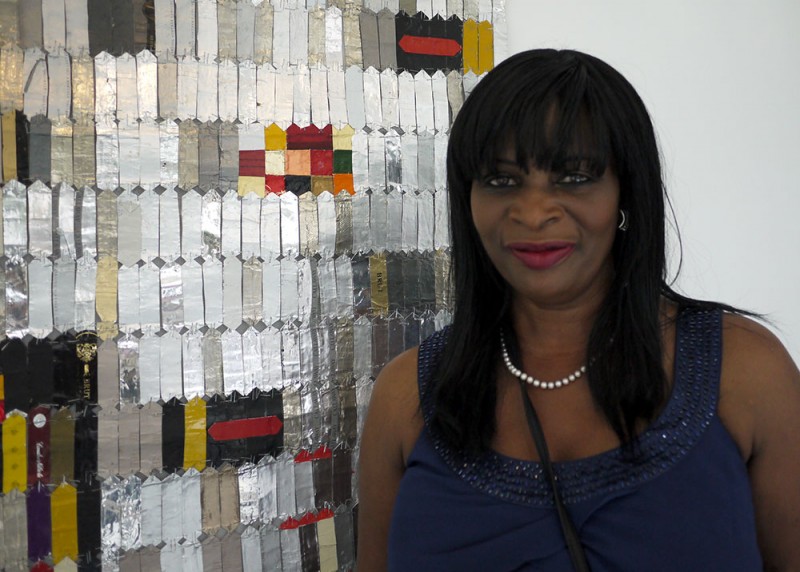
Teresa Philips Administration, Exhibitions and Front Desk Assistant Volunteer Volunteered over 600 hours since 2010! What is your favorite thing about volunteering at the Richmond Art Center? “The opportunity to be around so many positive people!” Teresa Philips is a familiar and welcoming face at the Richmond Art Center, having volunteered over 600 hours over […]
Art Center Wins “Best Community Art Center”

We are honored to have won Best Community Arts Center in the East Bay Express’ Best of the East Bay 2014. And we are amongst great company — congrats to our friends at Point Richmond Music Festival for winning Best Outdoor Music Series. We’re thrilled that our exhibitions, on-site programs and traveling programs are being […]
Richmond & San Pablo Teens Unveil New Collaborative Murals

Eighteen teens from Richmond and San Pablo will unveil the two large murals they collaboratively designed and painted during a community celebration on Thursday, July 31 from 3:00 – 4:00 pm in the Marina Bay neighborhood of Richmond. The murals are the culmination of a free eight-week summer class, part of the Richmond Art Center’s […]
Press Release: Richard Diebenkorn’s Work Returns to Art Center
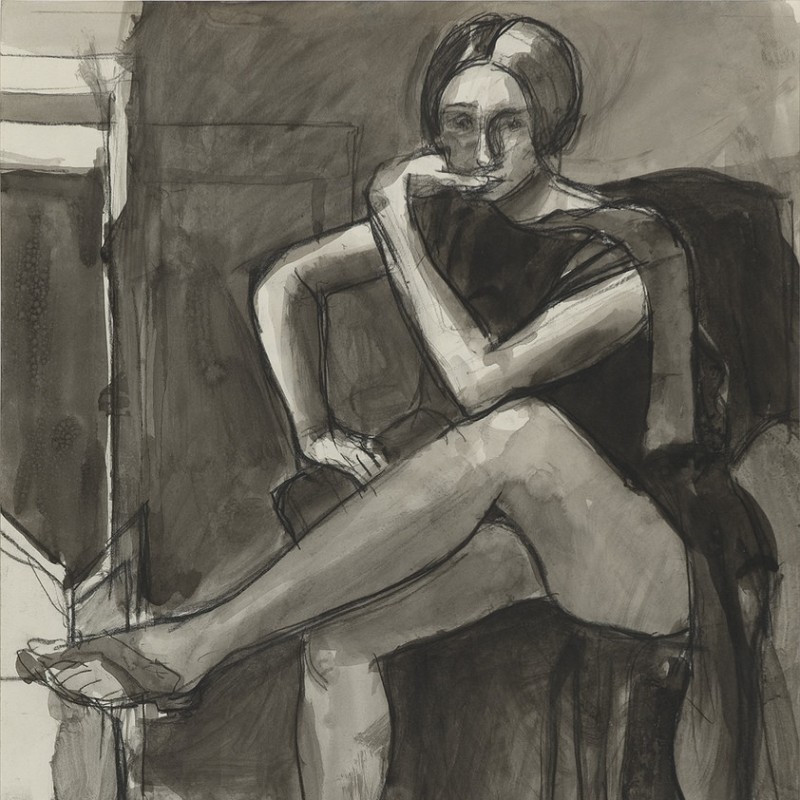
Fall Exhibitions Highlight Artists of Bay Area Figurative Movement (Richmond, CA) – The Richmond Art Center is pleased to announce its Fall Exhibitions program including, Closely Considered – Diebenkorn in Berkeley (September 14 – November 22, 2014), an important exhibition of works on paper by Richard Diebenkorn created during his Berkeley years (1953-1966). An opening […]
San Francisco Chronicle: Ruth Braunstein Collection Helps Mold Clay’s Reputation
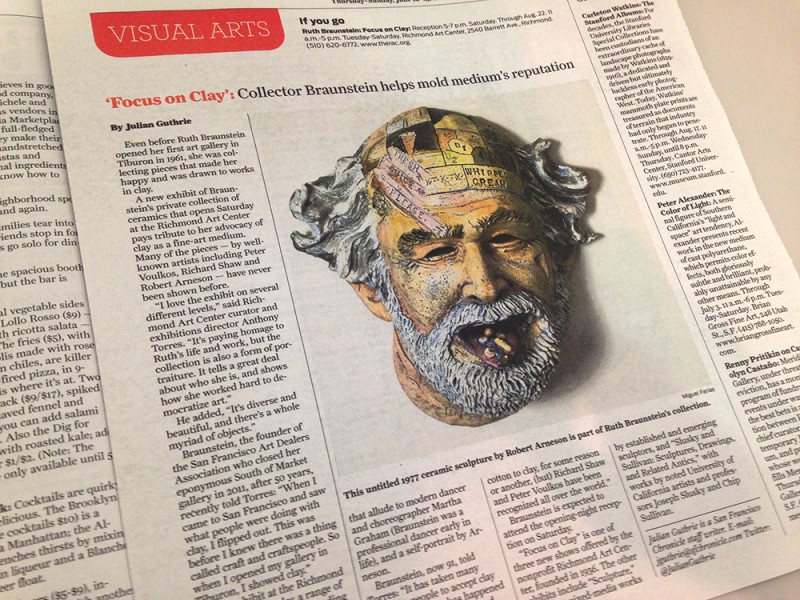
San Francisco Chronicle • June 12, 2014
Press Release: Ruth Braunstein Brings Collection to Richmond Art Center

The Richmond Art Center’s exhibition Ruth Braunstein: Focus on Clay, curated by Anthony Torres, honors and celebrates the life of Ruth Braunstein and her role in advancing the cultural history of art in the San Francisco Bay Area as a long-time gallerist, art advocate and collector. “For nearly six decades, Ruth Braunstein has expanded and […]
Art Critical: Exhibition at Richmond Art Center Toasts Bay Area Institution
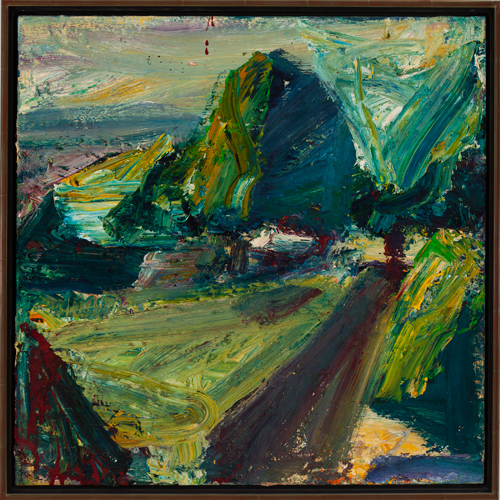
Art Critical · May 3, 2014

